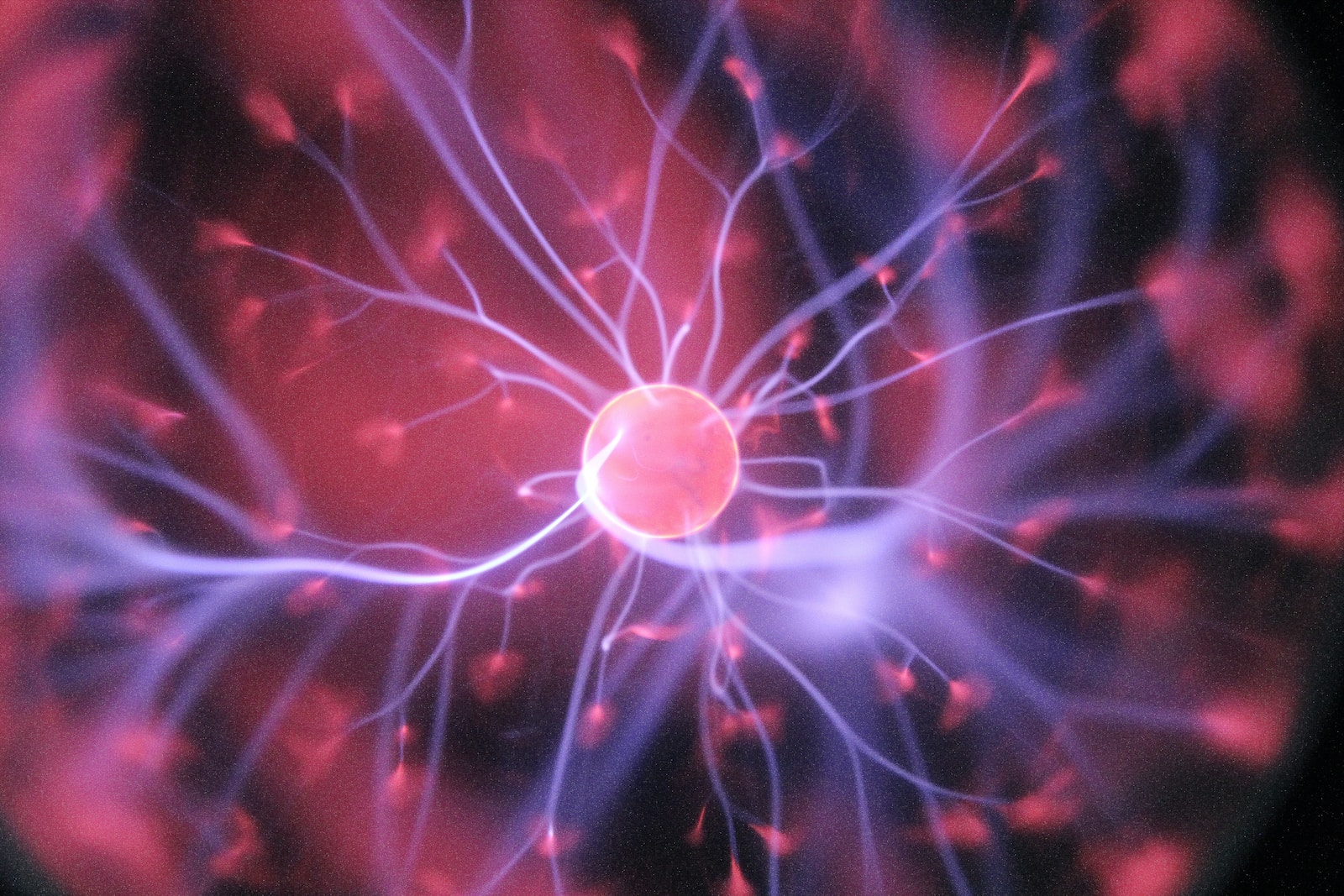Continuing research into spinal muscular atrophy (SMA) uncovered another critical piece of information about the condition neurologists have sought for decades.
The discovery offers a new pathway to treat the condition alongside existing treatments (approved and in clinical trials). The proposed new therapy resulted in survival in mice with severe SMA by 30-fold, one of the greatest increases seen with any treatment in mouse models of SMA.
As most of the SMA community knows, almost all cases of SMA are caused by a single mutation that reduces the amount of SMN produced. Lack of SMN harms the neurones; eventually, the damage is such that neurones no longer control muscles. Arguably SMA has no cure but is commonly treated with therapies that increase SMN production, including a gene therapy that inserts a new SMN gene into the motor neurones, which in presymptomatic patients can be seen as a cure. However, the treatment effectiveness varies from individual to individual and significant side effects can occur.
Monani’s team found that SMN deficiency usually harms neurones by impairing a different protein, HSPA8, responsible for the assembly of a critical communication link between motor neurones and muscle cells. If HSPA8 is absent, communication between the neurone and muscle fibre is not established. The signal from neurone to the muscle is no longer achievable. Without the signal, muscles cannot contract, so eventually, these waste away.
So what? The researchers have noted that some mice with SMA were stronger and less affected by the condition. Further investigation showed that these mice had a specific variant of the HSPA8 gene not impaired by SMN deficiency! The communication link between neurones and muscles can be set up and does work!
“A treatment that mimics the protective effect of the HSPA8 variant could have a potent effect on people”, Monani says, if the researchers’ mouse experiments are any indication.
A treatment based on an approach that converts HSPA8 into its variant protected form shows a significant recovery of neuromuscular function. The treated mice survived roughly 300 days (natural history, untreated mice survived just ten days)! This is arguably one of the most impressive results in research for SMA treatment.
The trick now would be translating work in the lab into real treatment. Like with current SMA treatments, scientists will look into either modifying the normal variant of HSPA8 (gene splicing using small molecules or similar technologies) or using viral vectors to deliver it as novel gene therapy (like they did for the mice).
Reference: Kim JK, Jha NN, Awano T, et al. A spinal muscular atrophy modifier implicates the SMN protein in SNARE complex assembly at neuromuscular synapses. Neuron. 2023. doi: 10.1016/j.neuron.2023.02.004


